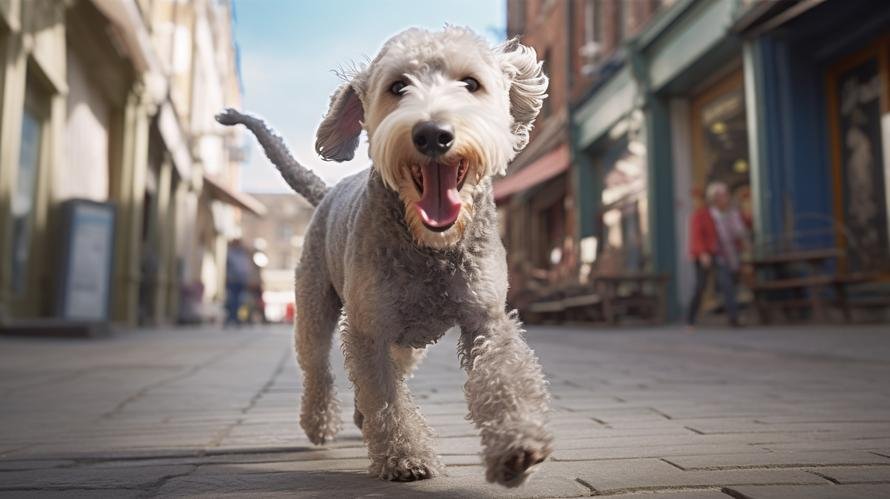Did you know that the Bedlington Terrier, with its distinctive fluffy coat and charming looks, is actually a robust breed that was originally bred for hard work? These adorable dogs might give off an air of elegance and sophistication, but they’ve got a bundle of energy that belies their delicate appearance. If you’re considering adding a Bedlington Terrier to your family, you’re undoubtedly wondering if this breed is not only a good fit, but also a healthy one.
Historically, the Bedlington Terrier was bred in Northern England to catch rats and other vermin, a clue to their tenacious and lively nature. This dual-natured breed that is both athletic and aristocratic brings not only joy and laughter to a household but also are generally resilient and healthy dogs.
On average, Bedlington Terriers can live from 12 to 14 years, sometimes even longer with proper care and nourishment. However, as with any breed, they are prone to certain genetic conditions. In particular, Bedlington Terriers can be susceptible to a disorder called Copper Toxicosis – a condition where the liver is unable to excrete excess copper, leading to copper accumulation in the body. It sounds serious, and indeed it can be, but the good news is that it can be managed with an appropriate diet and regular vet check-ups.
Copper Toxicosis isn’t the only concern. Another condition to watch out for in this breed is the seemingly unpronounceable “Hip Dysplasia”, a hereditary disease that leads to malformation of the hip joints. This can cause arthritis or lameness in the hind legs of the dog. Arising primarily due to genetic reasons, it can also be accentuated by environmental factors such as rapid weight gain or injury.
Eye diseases such as Progressive Retinal Atrophy (PRA) and Retinal Dysplasia also affect a small percentage of Bedlington’s. Early detection and care can go a long way in maintaining the eye health of these dogs.
While this all might sound a little daunting, the key to maintaining a healthy Bedlington Terrier, like any breed, is through regular vet check-ups, a balanced diet, and plenty of exercise. Bedlingtons are active dogs and need at least one good walk per day to maintain their physical and mental health. They also love to play, so be sure to throw in some time for games too.
Not to forget, grooming plays a vital role in keeping a Bedlington Terrier healthy. Their thick, curly coat needs regular clipping to stop it from getting matted. Their eyes and ears also need regular checking and cleaning to keep infections at bay.
While these health concerns exist like any dog breed, the Bedlington Terrier is considered a generally healthy breed. As long as you ensure it receives regular check-ups and stays on a balanced diet, these dogs will remain resilient and robust.
The decision to bring any pet into your home should always be a carefully considered one. Knowledge about the breed’s prospective health problems allows you to make an informed decision. With their lively spirits, loving nature, and adorable looks, Bedlington Terriers can be an absolute delight as pets.
Remember, the key to extending your fuzzy friend’s lifespan is by providing it with a healthy lifestyle that includes a balanced diet, regular exercise and lots of love and care. Remembering these points will ensure your Bedlington Terrier brings joy and life into your home for years to come.
In conclusion, while the Bedlington Terrier is indeed prone to certain breed-specific health concerns, they are otherwise a healthy, vibrant, and robust breed. Health issues can seem intimidating, but armed with the right knowledge and preventive measures, they can be managed effectively. This appeasing lamb-like dog, with its springy step and cheerful disposition, brings a unique blend of character and vitality to any family.



